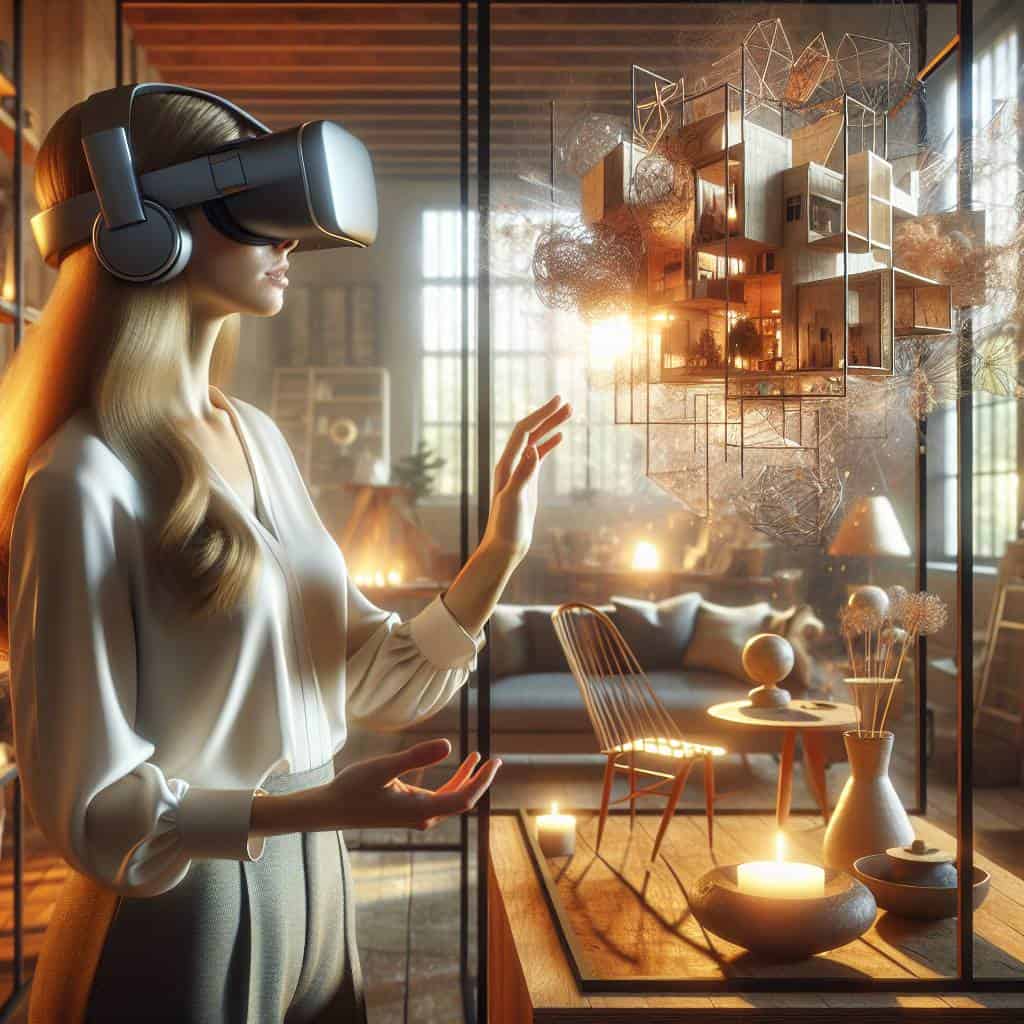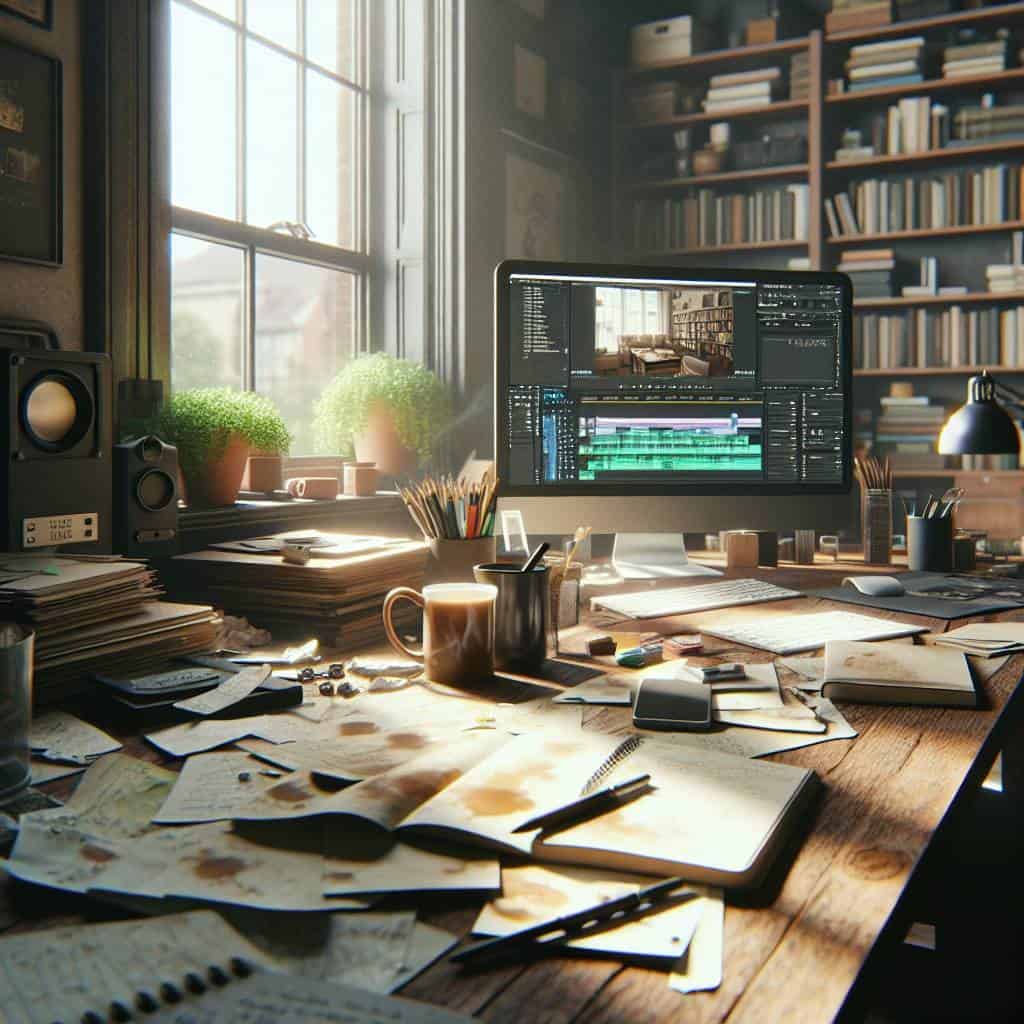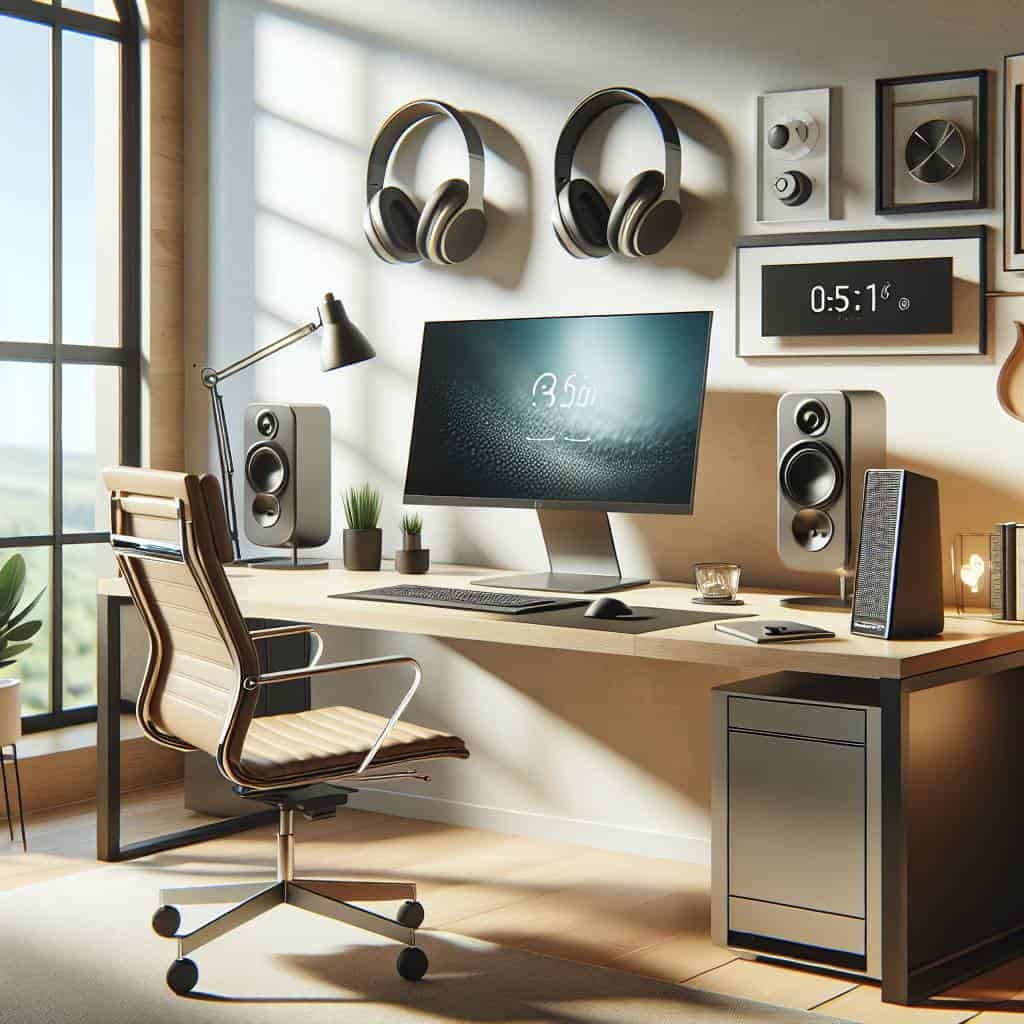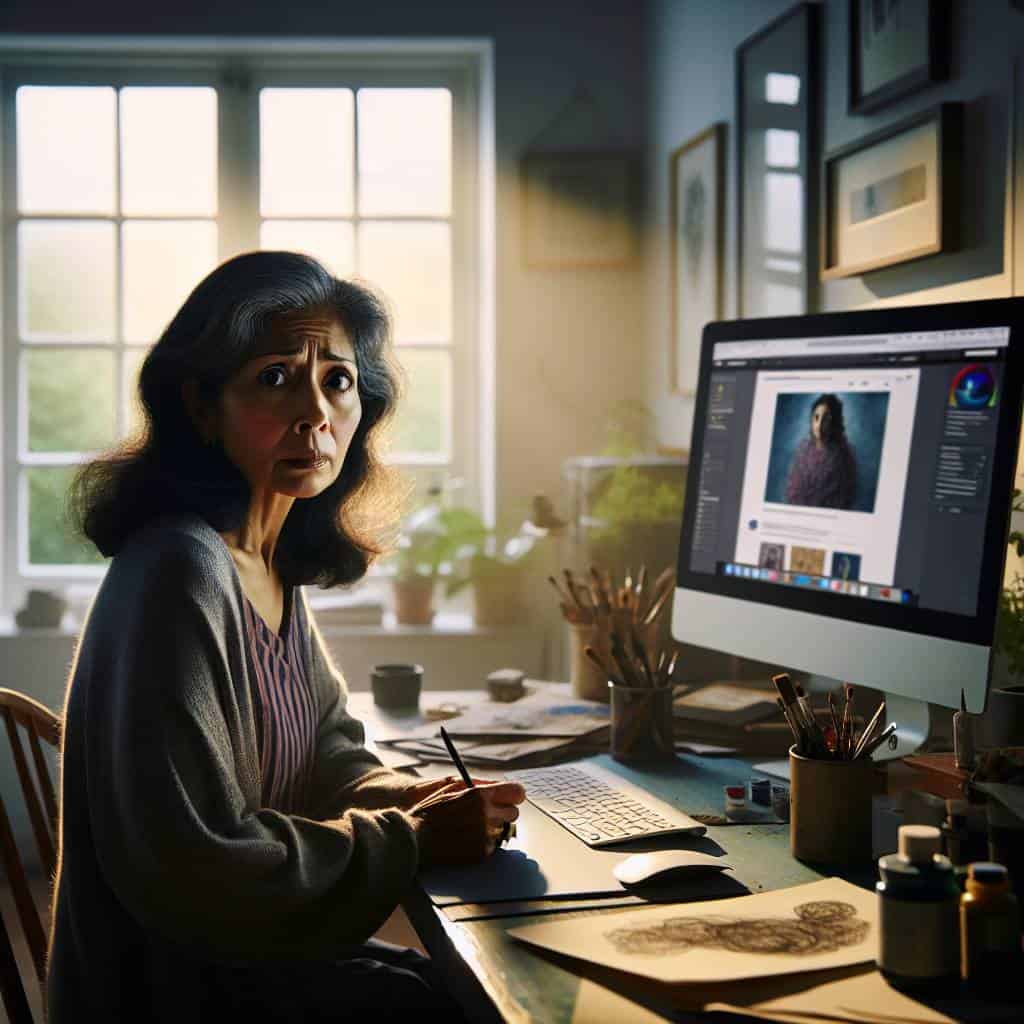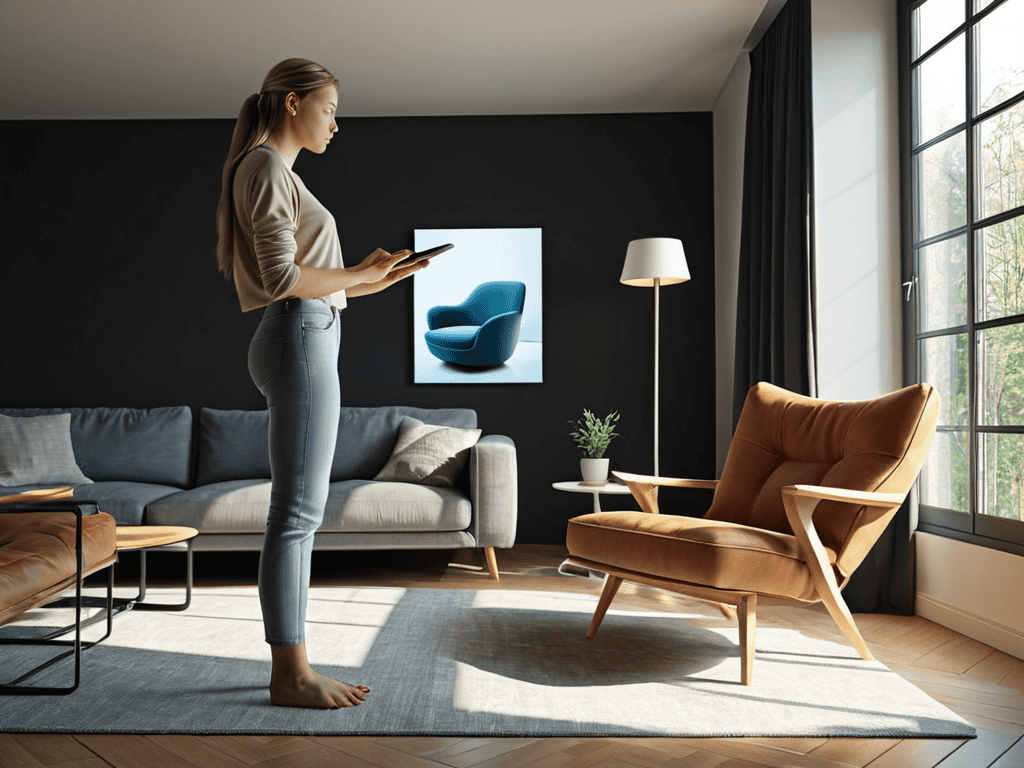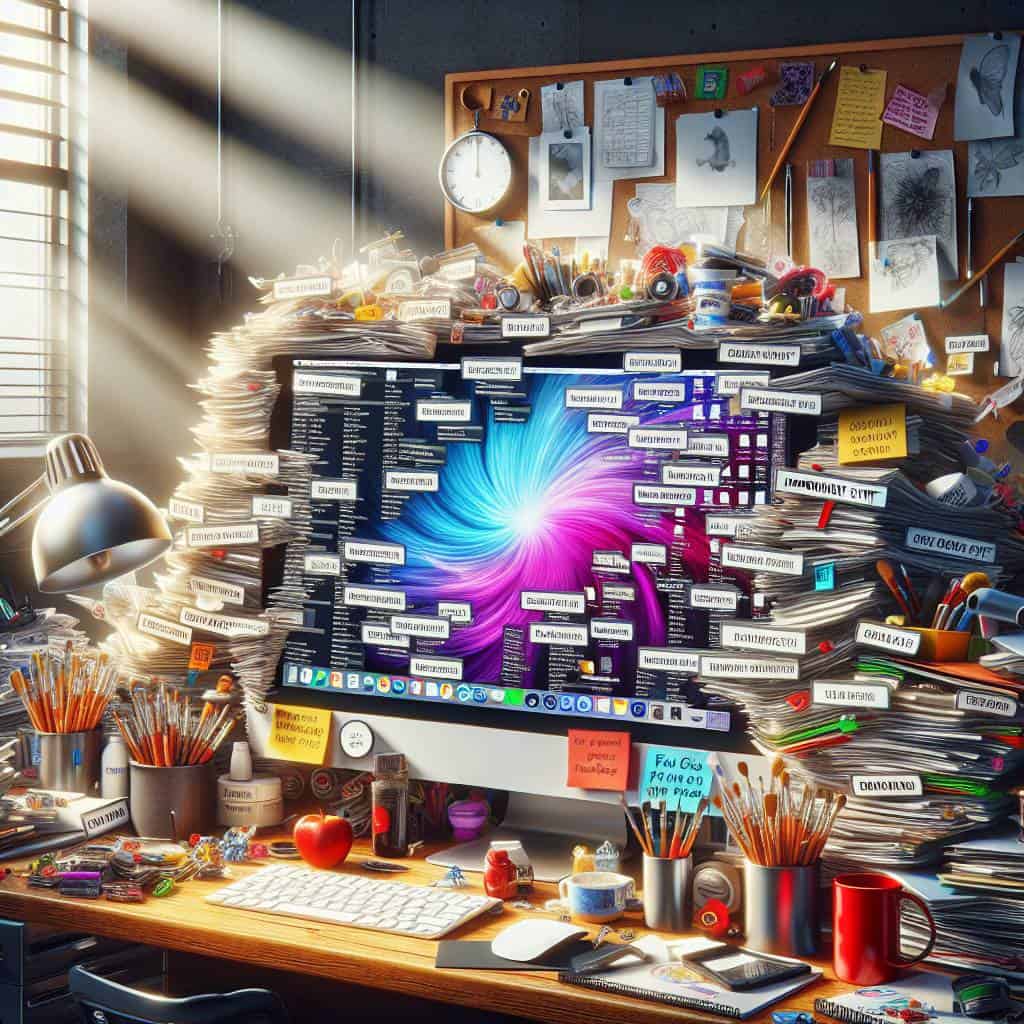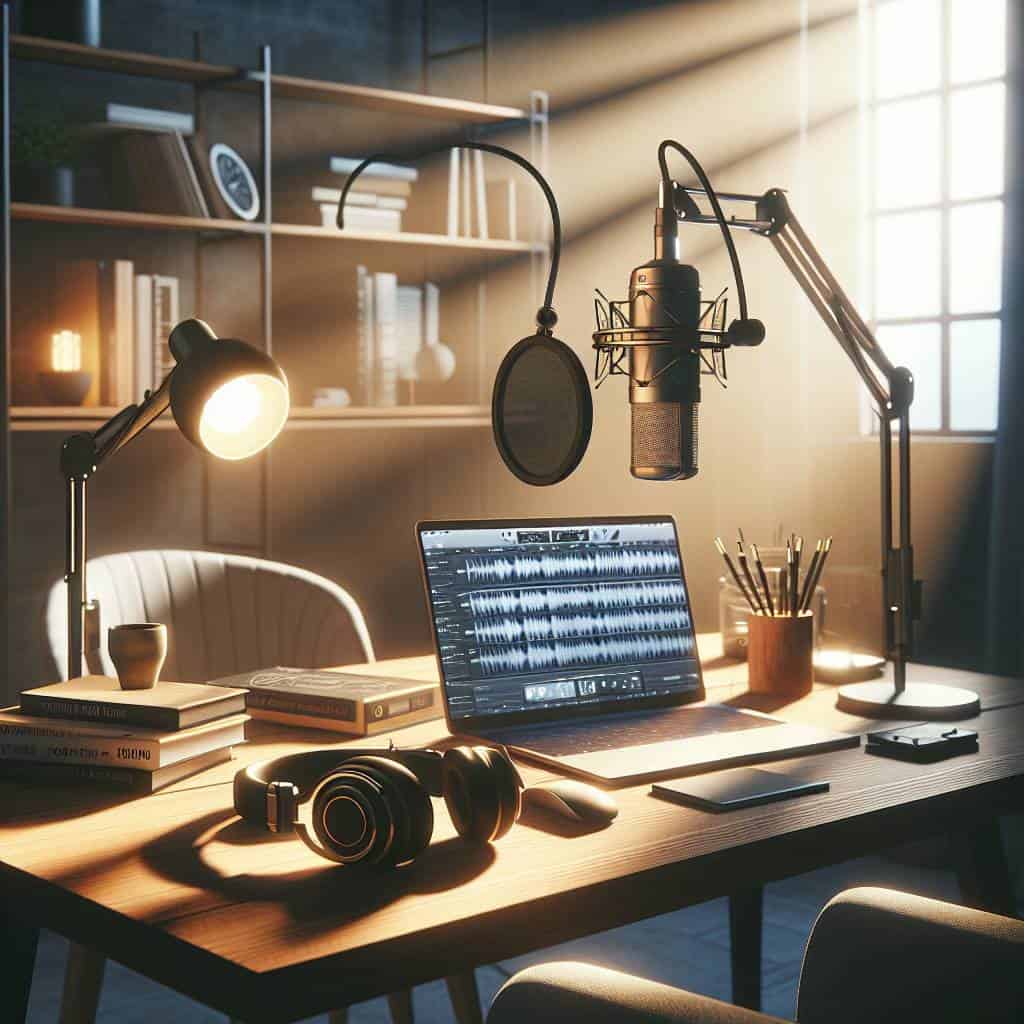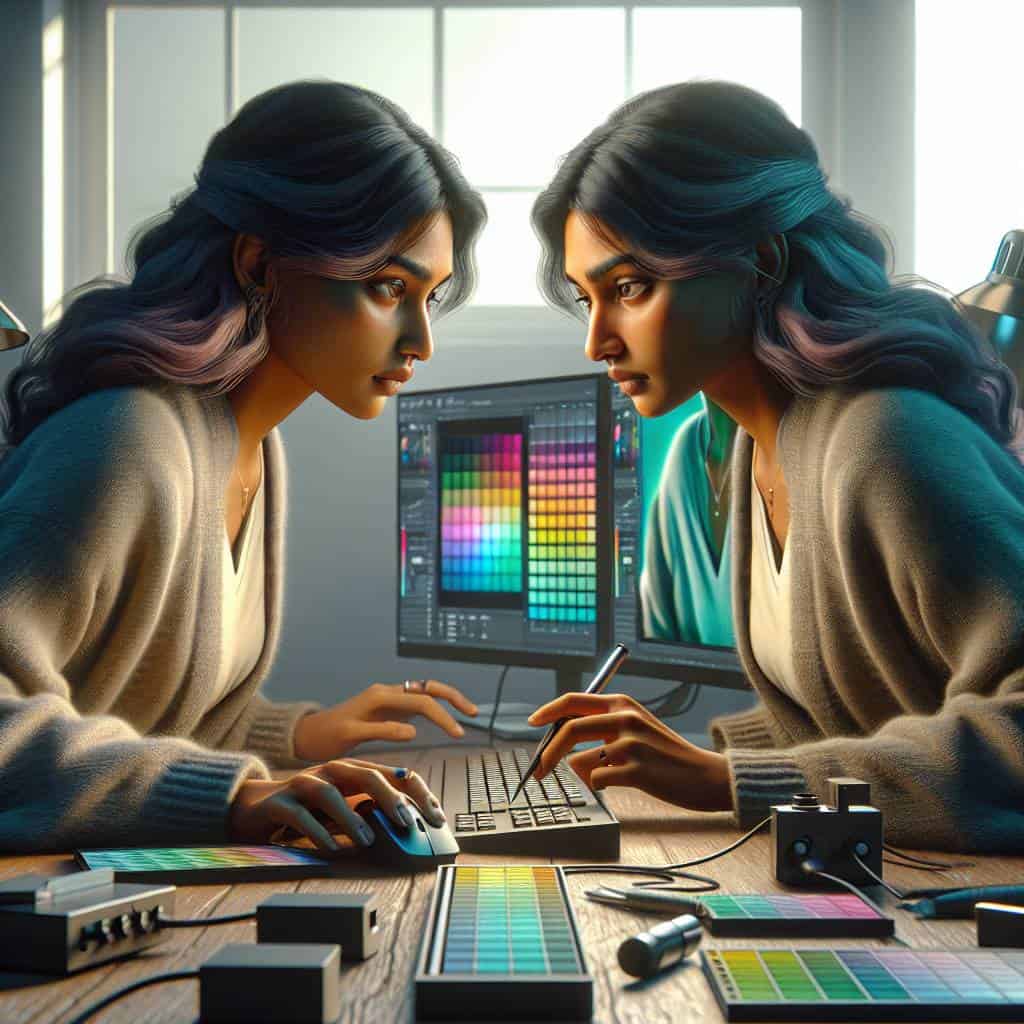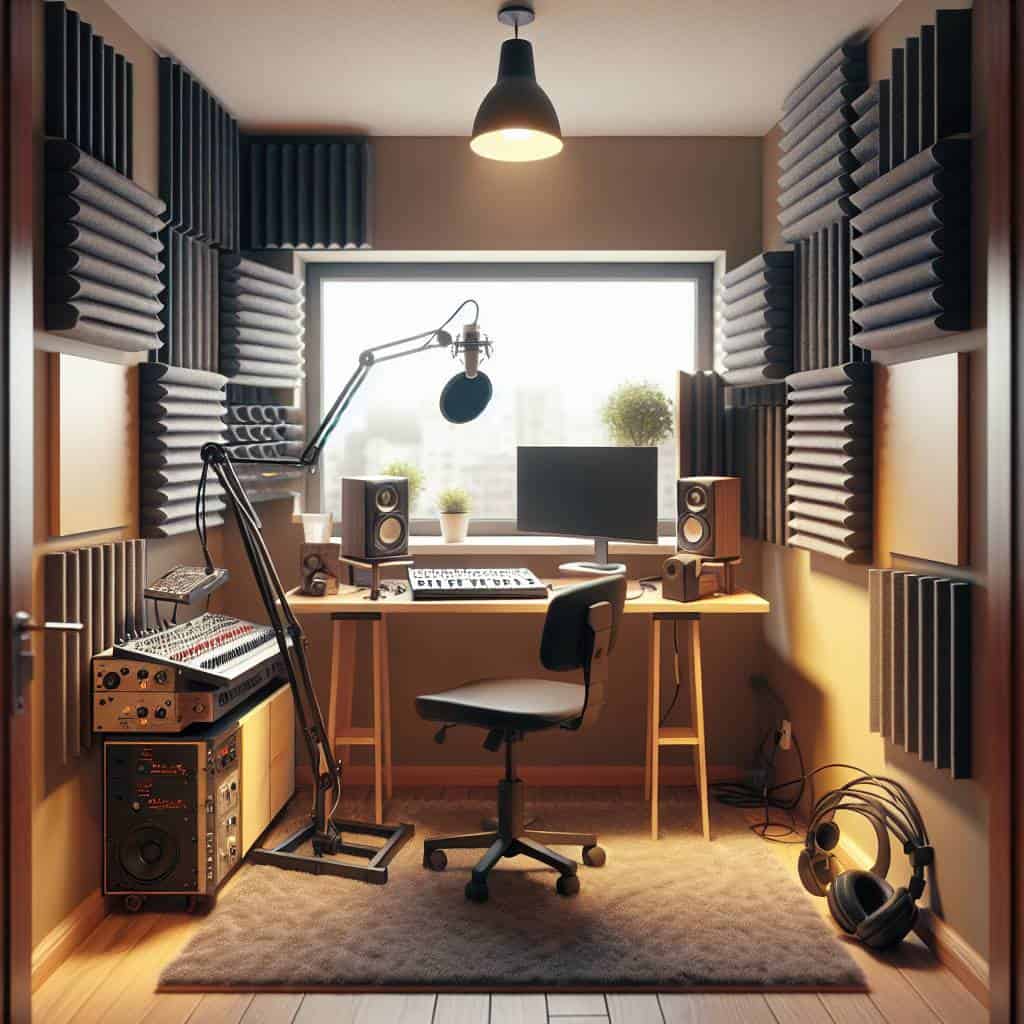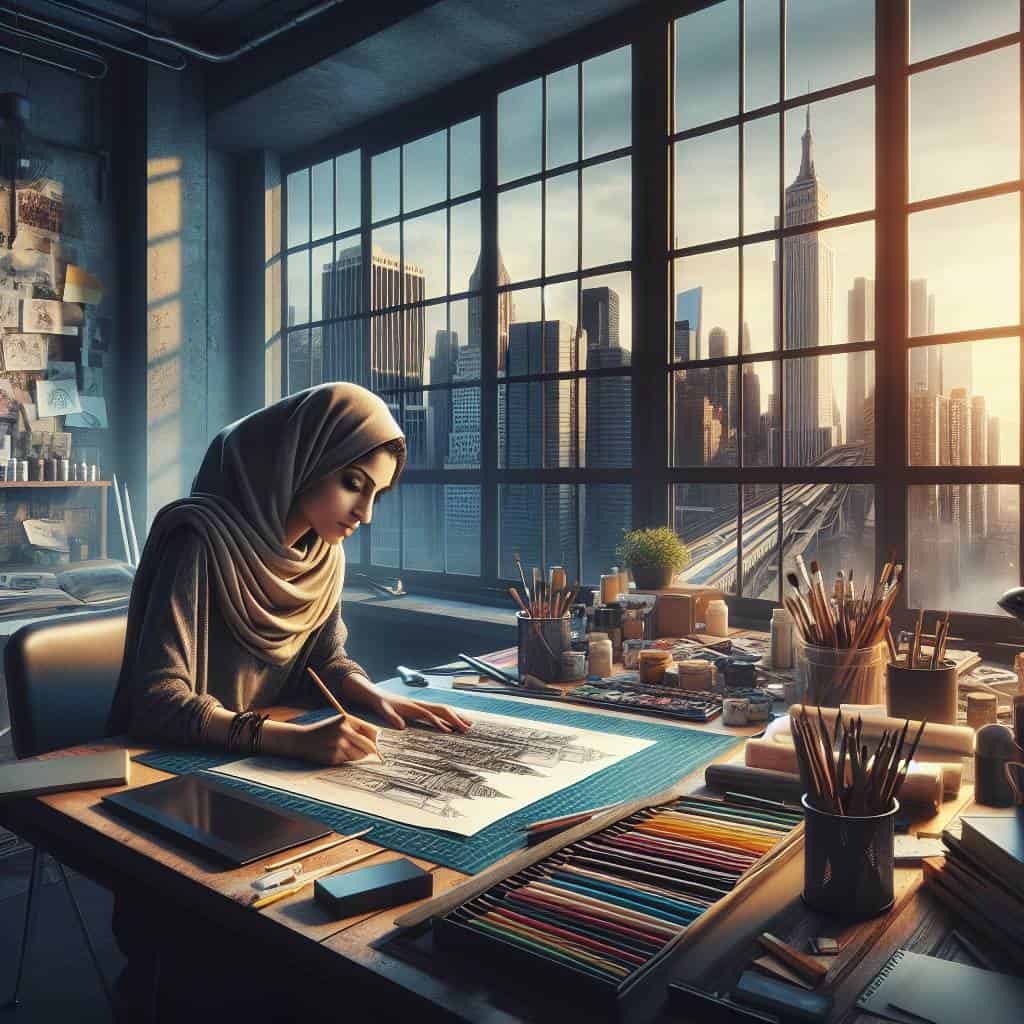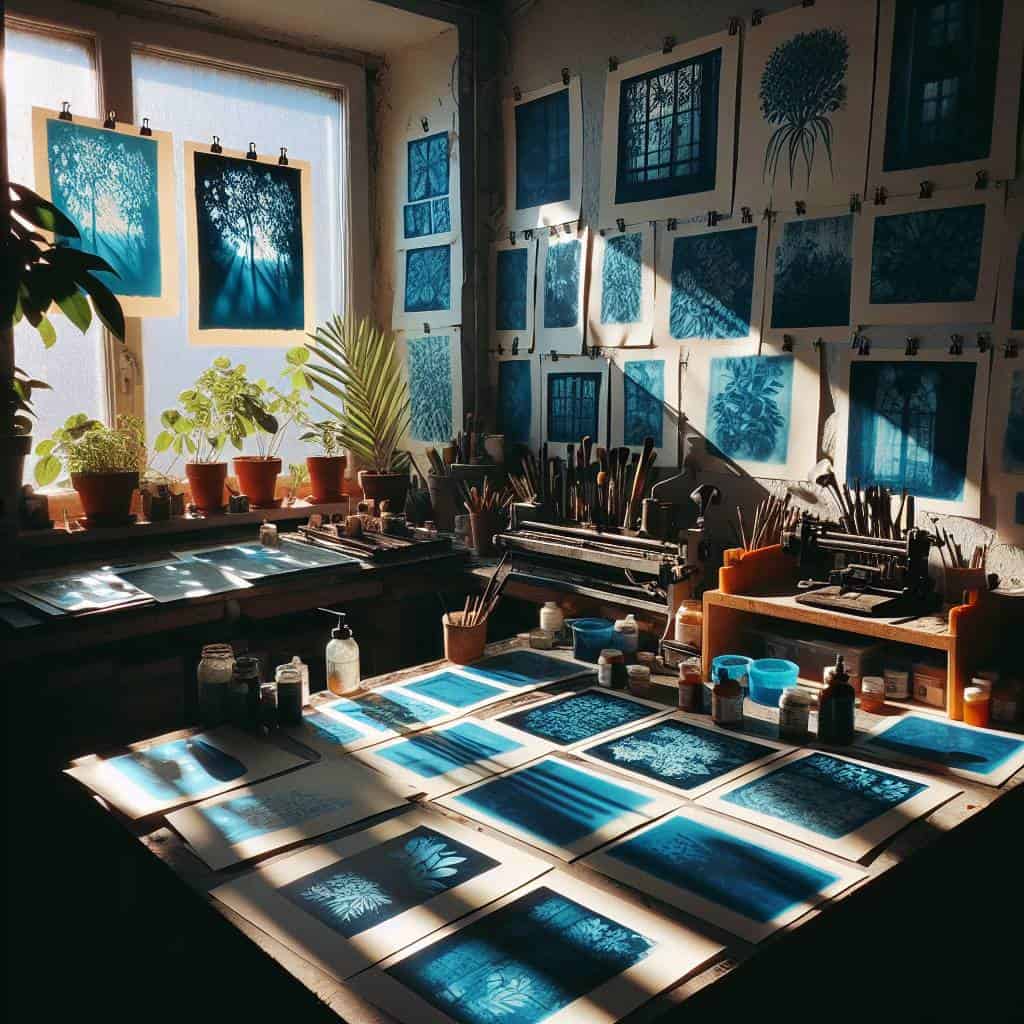I remember the day I brought my 3D printer home, filled with dreams of churning out intricate designs and revolutionary art pieces. Spoiler alert: It wasn’t long before my living room turned into a chaotic battlefield of tangled PLA filament and half-baked plastic monstrosities. My grand vision of creative genius was swiftly replaced by the reality of a machine that seemed determined to turn me into a full-time janitor. But hey, every artist needs a muse, right? Mine just happens to be a temperamental box of circuits and gears.
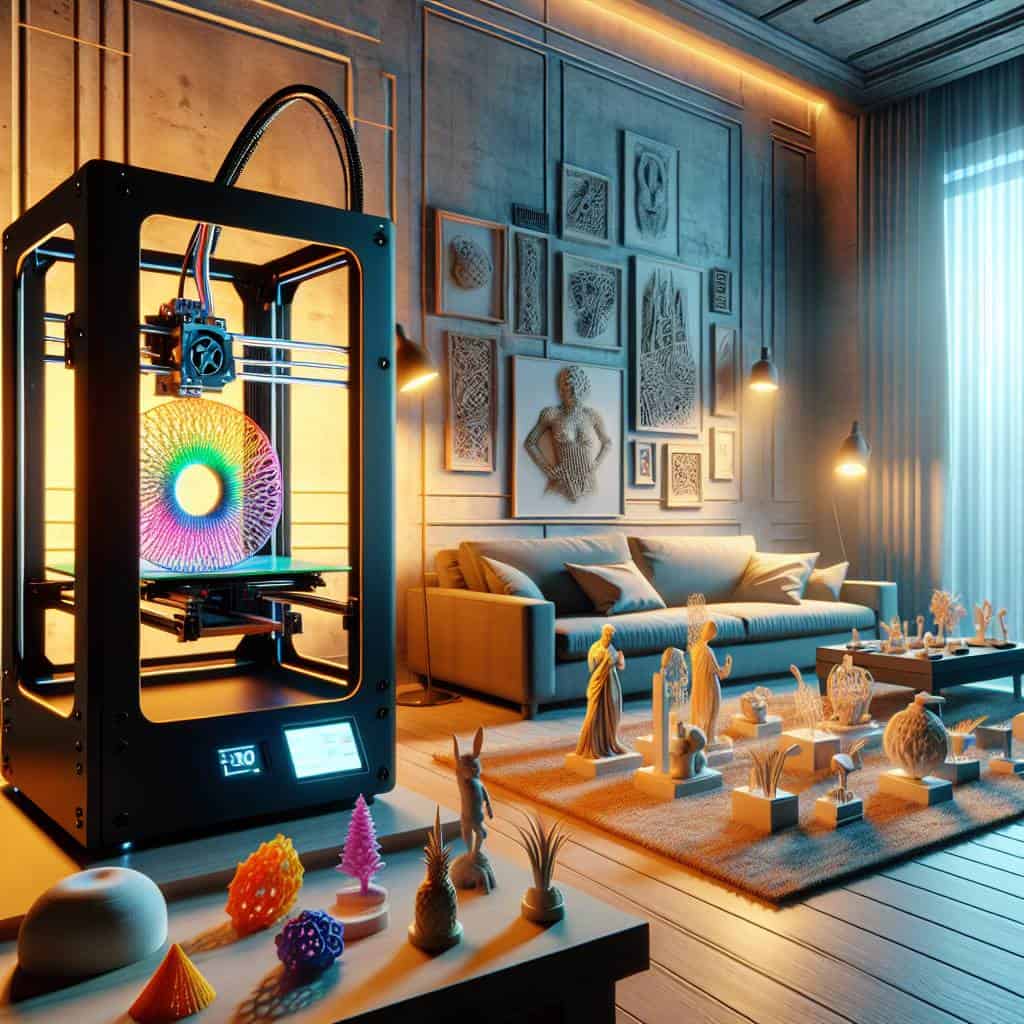
So, if you’re like me and think a 3D printer is your ticket to a personal renaissance, let’s take a reality check. In this article, I promise to share the raw, unfiltered truth about diving into the world of 3D printing for creative projects. We’ll navigate the ups and downs, from beginner mishaps to the elusive art of filament management. Whether you’re contemplating your first modeling attempt or simply want to avoid turning your home into a plastic wasteland, stick around. This isn’t just another guide—it’s a survival manual for the creatively ambitious.
Table of Contents
How a Novice and a Spool of PLA Filament Became Unlikely Allies
There I was, standing in my cluttered home office, staring at my shiny new 3D printer like it was a Rubik’s Cube from another dimension. My knowledge of 3D printing was as thin as a sheet of paper, and frankly, I was a little intimidated by that spool of PLA filament sitting next to the machine. It looked deceptively simple, a plastic wire coiled in a circle, but I knew it held the potential to turn my whimsical designs into tangible realities—or so I hoped. The idea was to transform my digital doodles into something you could hold in your hand. But first, I had to make peace with this mysterious filament.
My first attempts were comical. Imagine a toddler trying to paint the Mona Lisa with finger paints, except instead of paint, I had a string of plastic that seemed to have a mind of its own. But there’s something magical about the process, a bit like alchemy. You feed this unassuming spool into the printer, and it begins to weave your imagination into existence. And here’s the kicker: every misstep, every blob of plastic that vaguely resembles modern art, is a lesson. I was slowly learning that this spool of PLA filament wasn’t just a tool; it was a collaborator in my creative journey. Together, we were figuring out how to bring my wild ideas into the physical world, one layer at a time.
Sure, there were days when I wanted to throw the whole setup out the window—particularly when my “masterpiece” looked like a melted candle rather than the sleek model I had envisioned. But that’s the beauty of being a novice. Every failure is a stepping stone, every clogged nozzle a chance to problem-solve. The PLA filament, with its quirky demands and endless possibilities, became an unlikely ally in my quest to create. It taught me patience, resilience, and the joy of seeing a project evolve from a scribble on a screen to an object I could touch. And let’s be honest, there’s something undeniably satisfying about turning a chaotic tangle of plastic into something uniquely yours.
Pixels to Plastic: The Creative Journey
A 3D printer isn’t just a tool; it’s a playground for the untrained eye. It’s where beginners stumble and tumble, turning digital dreams into tangible messes and masterpieces.
When Pixels Meet PLA: The Art of Embracing Chaos
In the end, what my 3D printer taught me was less about precision and more about embracing the beautiful, chaotic journey of creation. It’s a testament to the idea that imperfection can be the mother of invention. My dining table is now a gallery of oddities—wobbly vases, lopsided figurines, and the occasional ‘successful’ model that somehow survived my novice hands. Each piece is a chapter in this ongoing saga of trial and error, a tangible reminder that creativity often thrives in the spaces where control is least absolute.
And maybe that’s the real lesson here. As a graphic designer, I’m used to obsessing over details on a screen, where CTRL+Z is a safety net for every misstep. But in the physical realm of PLA filaments and modeling, I’ve discovered a newfound respect for the unpredictability of the process. It’s a dance with chaos, where every misprint isn’t a mistake but a narrative twist, urging me to look beyond the expected and embrace the unexpected. So, if you’re like me, fumbling with filaments at home, know this: you’re not just printing objects; you’re printing stories—each one as unique as the fingerprints you leave behind on the ‘cancel print’ button.
